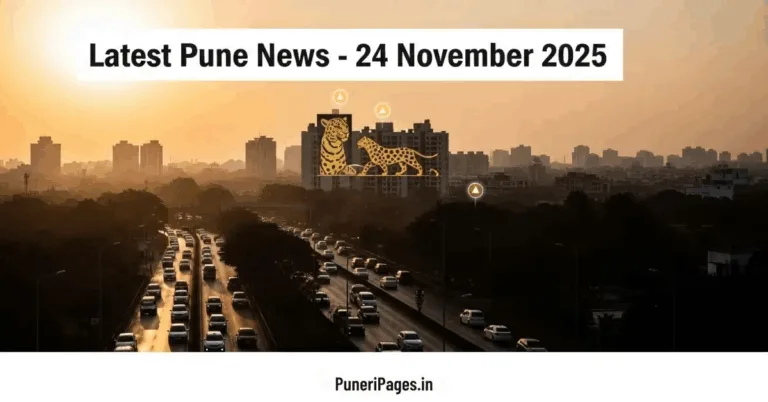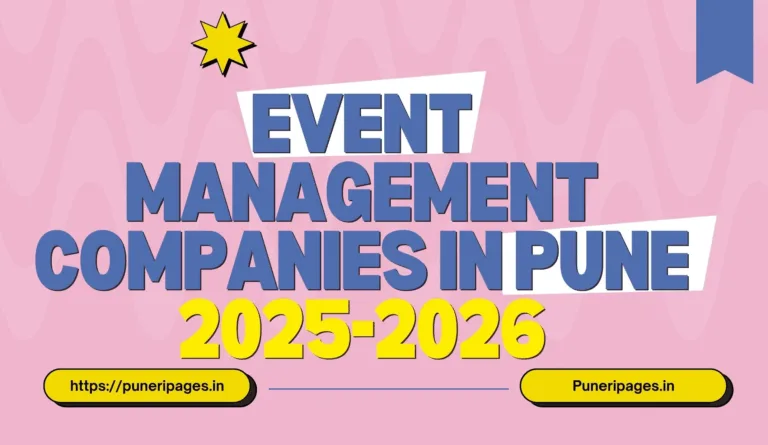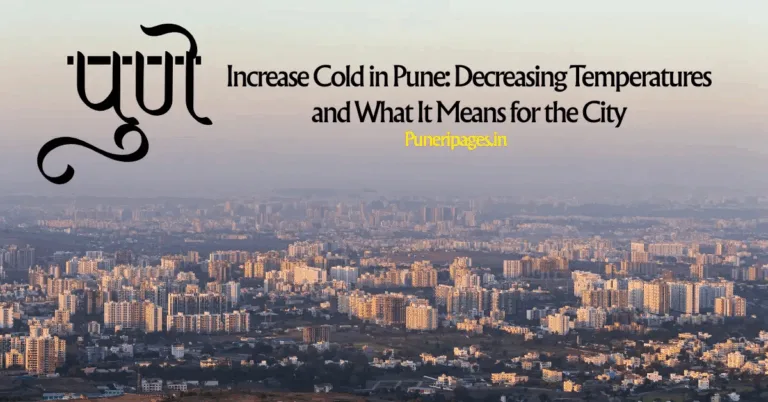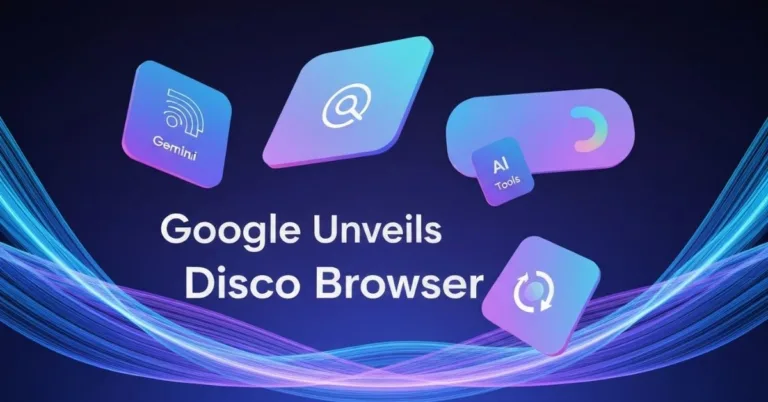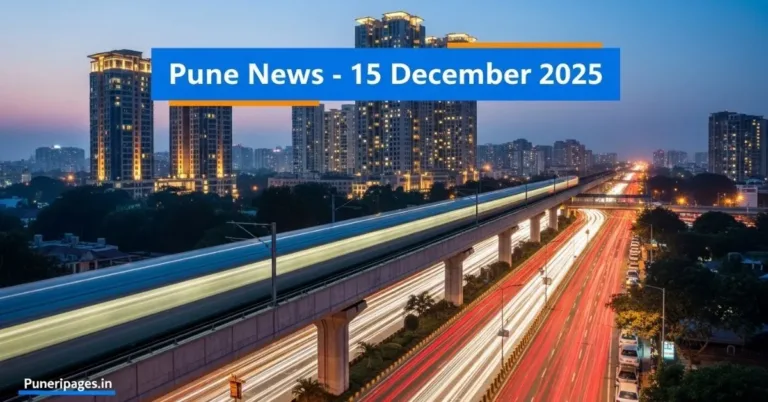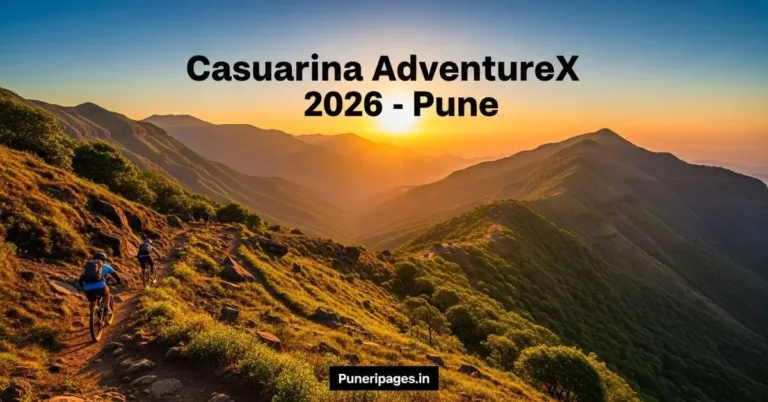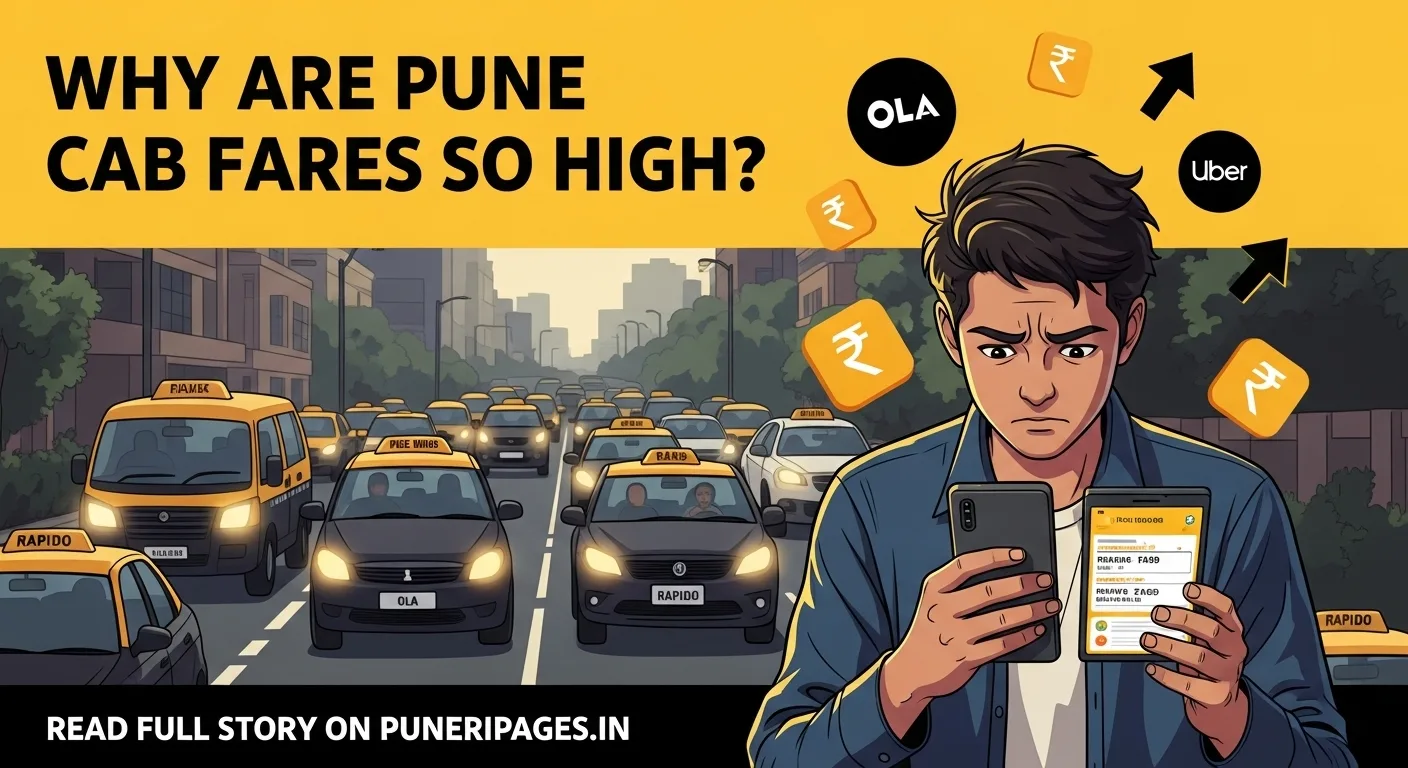
Cab fares in Pune have spiked sharply – find out why only on puneripages.in
By Prashant for PuneriPages.in
You ever booked an Ola or Uber recently and thought, “Wait, why is this costing me almost as much as a flight ticket to Goa?” Trust me, you’re not alone. As someone who lives in Pune and relies on cabs almost daily, I’ve felt that pinch too — and I decided to dig a little deeper. Here’s what I found, written like I’m talking directly to you over a cutting chai at the tapri.
Table of Contents
Let’s Start with the Obvious: Fuel Prices Are Through the Roof
Look, no matter which side of Pune you live in — Hinjawadi, Kothrud, or Viman Nagar — the one thing we all groan about is petrol and diesel prices. Drivers aren’t magicians. If fuel becomes expensive, obviously the ride cost goes up too. And in case you’re wondering, CNG prices also shot up in 2022–23, which hit autos and Rapido drivers hard. So when you see that ₹220 bill for a 7 km trip, a chunk of that is just fuel.
Commission Game: The Apps Take a Bigger Slice Than You Think
Here’s the real shocker — Ola and Uber take around 20–30% commission on every ride. So, say you paid ₹300 for your cab. The driver only gets about ₹210–240 out of that. And that’s before deducting fuel. That’s why many of them cancel short trips or beg you to pay in cash — they’re trying to survive. It’s not greed, it’s survival math.
Surge Pricing: The Algorithm Doesn’t Care About Your Mood
Ever tried booking a ride during college hours, rain, or weekend evenings in Pune? You’ll probably see fare estimates that make you question your life choices. That’s surge pricing. The app basically says, “Too many people want a cab and we don’t have enough.” So the fare goes up until someone agrees to pay. It’s like bidding in an auction — but the auction is for your own commute.
Maintenance Costs: It’s Not Just Petrol
Imagine you’re driving 150–200 km every day. That means changing tires often, getting regular servicing done, paying EMI on the vehicle, renewing insurance, and sometimes even dealing with RTO fines. All of this adds up for drivers. And you guessed it — that cost is quietly added to your fare.
Government Rules & Platform Charges: Add Salt to the Wound
Rapido was banned in Maharashtra at one point due to licensing issues. Then came new regulations, taxes, and even platform charges you now see during checkout. It’s like every stakeholder wants their piece of the pie — and we’re the ones footing the final bill.
So… Are They Looting Us or Is It Justified?
Honestly? It’s a bit of both. The platforms have built a convenience we can’t deny. But yes, the lack of transparency, weird algorithm behavior, and zero support during cancellations can make it feel unfair. Especially when you’re late for work and watching the driver do ring-around-the-rosey near your location without accepting the ride.
But here’s my takeaway — next time your ride feels expensive, remember: there’s a chain reaction behind that fare. From fuel to commission to maintenance to rain. Doesn’t make it hurt less, but at least now you know where your ₹300 is going.
What Can Be Done?
- Transparent pricing: Apps should clearly show how fare is calculated.
- Fair commission: Drivers should get a better share.
- Regulation: Local governments need to step in and set boundaries.
- Better customer support: For both riders and drivers.
Let me know what you think. Have you had a crazy cab fare story in Pune? I’m collecting the funniest ones for a follow-up post!
Written by someone who’s taken enough overpriced cabs to write a mini-thesis. 😅
